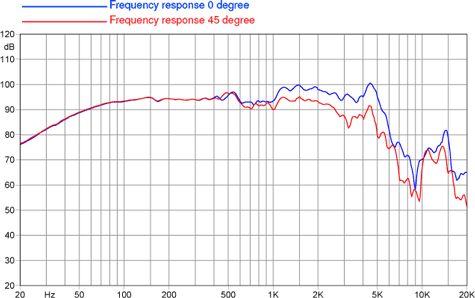I have a Kustom Sienna 30 acoustic amp and like the front end but the power amp at 30w is not enough.
I'm toying with the idea of putting a 150w @ 8 ohm D class pwr amp into it but am not sure how big a pwr trans I would need.
The amp kit requires: From the spec sheet. +/- 40 to 60VDC, 50 to 55V nominal.
What I need to know is whether a 300Va trans would be adequate or overkill.
With D class amps being very efficient do they draw less current than A or AB amps.
The trans needed is a toroidal.
Thanks in advance.
I'm toying with the idea of putting a 150w @ 8 ohm D class pwr amp into it but am not sure how big a pwr trans I would need.
The amp kit requires: From the spec sheet. +/- 40 to 60VDC, 50 to 55V nominal.
What I need to know is whether a 300Va trans would be adequate or overkill.
With D class amps being very efficient do they draw less current than A or AB amps.
The trans needed is a toroidal.
Thanks in advance.

 If you're playing only regular music, even in a band setting, you could get by very reasonably with a transformer rated at about half that.
If you're playing only regular music, even in a band setting, you could get by very reasonably with a transformer rated at about half that.
Comment